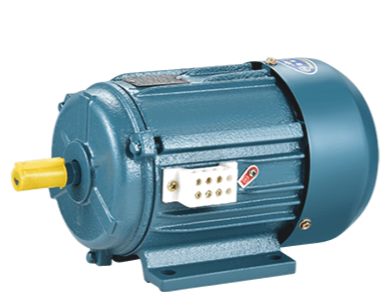In the realm of industrial machinery, the demand for versatile and efficient motor systems remains incessant. Addressing this need, multi-speed induction motors have emerged as a pragmatic solution, offering flexibility and reliability across various applications. These motors, characterized by their ability to operate at different speeds, have garnered attention for their adaptability to a wide array of industrial settings.
Induction motors are the workhorses of industrial machinery, powering everything from conveyor belts to pumps and fans. Traditionally, these motors operate at a fixed speed determined by the frequency of the power supply. However, in many applications, a fixed speed is not ideal, leading to inefficiencies and limitations in performance. This is where multi-speed induction motors step in, offering the ability to adjust speed according to the specific requirements of the task at hand.
One of the key advantages of multi-speed induction motors is their versatility. By providing multiple speed options, these motors can accommodate varying loads and operating conditions without sacrificing efficiency. For instance, in applications where precise control of speed is essential, such as in conveyor systems or material handling equipment, multi-speed induction motors offer the flexibility to match the speed to the desired throughput, optimizing productivity while reducing energy consumption.
Moreover, multi-speed induction motors find utility in applications where torque requirements vary significantly. By adjusting the speed to match the torque demand, these motors ensure smooth operation and prevent unnecessary strain on the machinery. This is particularly advantageous in industries such as manufacturing, where equipment often encounters fluctuating loads during the production process.
In the realm of HVAC (Heating, Ventilation, and Air Conditioning), multi-speed induction motors play a crucial role in enhancing energy efficiency. By operating at lower speeds during periods of low demand, such as during mild weather conditions, these motors reduce energy consumption without compromising on performance. As temperatures fluctuate, the motors can seamlessly transition between different speed settings, enhancing comfort levels while reducing energy costs.
Furthermore, the adaptability of multi-speed induction motors extends to applications requiring variable speed control for precise positioning or motion control. In industries like robotics and automated manufacturing, where precise movement is paramount, these motors offer the agility and precision required to meet the demands of complex tasks. Whether it's controlling the speed of a robotic arm or regulating the movement of a conveyor system, multi-speed induction motors provide the versatility needed to optimize performance.
Beyond industrial applications, multi-speed induction motors also find utility in the transportation sector. In electric vehicles, for example, these motors offer the flexibility to adjust speed and torque output according to driving conditions, enhancing efficiency and range. By seamlessly transitioning between different speed settings, electric vehicles equipped with multi-speed induction motors can deliver enhanced performance while reducing energy consumption.
The widespread adoption of multi-speed induction motors underscores their significance in modern industrial and commercial settings. Their ability to adapt to diverse operating conditions and varying load requirements makes them indispensable across a multitude of applications.
In conclusion, multi-speed induction motors represent a pragmatic solution for the diverse challenges faced in industrial and commercial settings. With their versatility, efficiency, and reliability, these motors offer a compelling choice for applications where adaptability and performance are paramount. As industries strive for greater efficiency and sustainability, the role of multi-speed induction motors is poised to become even more prominent, driving innovation and progress across various sectors.
